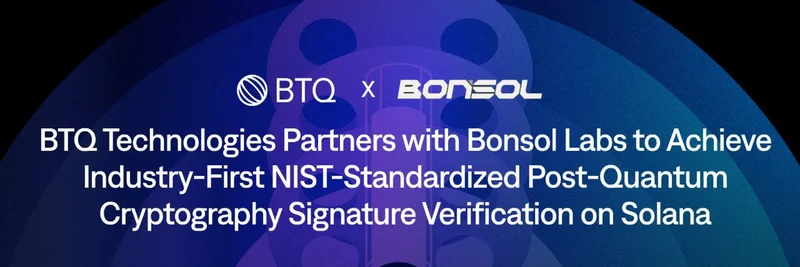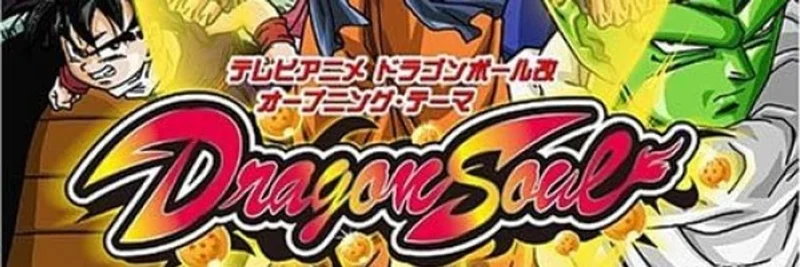In the fast-evolving world of Web3, where meme tokens and viral projects can skyrocket overnight, a fascinating story is unfolding. Hari Krishnan, better known as @_hrkrshnn on X and the CEO of Cantina.xyz and Spearbit, recently highlighted an inspiring example of AI's transformative power in software creation. In his thread, he praises Jonathan Mann (@songadaymann), a musician famous for composing a song every day for 17 years, for diving into coding with zero prior experience—and going viral in the process.
The Rise of Vibecoded Creations
"Vibecoded" is a term that's gaining traction in creative tech circles, referring to projects built intuitively with AI assistance, often prioritizing fun and virality over traditional coding rigor. Mann's journey exemplifies this perfectly. As a non-technical creator with a background in music and an Ethereum handle (jmann.eth), he's leveraging AI tools to build software that resonates with online audiences.
His breakout hit? A quirky game called Coldplay Canoodlers. Inspired by a viral moment at a Coldplay concert—where the band's camera caught the CEO and HR manager in a cozy embrace—Mann vibe-coded a simple browser game. Players act as the camera operator, scanning the crowd to spot the "canoodling" pair and score points. The game exploded, racking up over 5 million impressions on X, as noted in the thread. For context, that's a level of reach that seasoned developers dream of achieving.
This isn't just a fluke. Mann's approach shows how AI lowers the entry barriers in Web3, allowing artists and creators to experiment with onchain elements—projects that live on the blockchain, often incorporating NFTs, tokens, or decentralized mechanics.
Teasing the Next Big Thing
In the quoted post within the thread, Mann teases his upcoming project: "the good news is that my next vibecoded onchain project will be MUCH simpler. just kidding it's way more complicated. coming Dec 31st." This playful announcement hints at something ambitious, blending AI-driven development with blockchain tech. Given his track record, it could involve interactive elements, meme-inspired narratives, or even tokenomics that reward community participation—common in the meme token ecosystem.
Onchain projects like this are particularly exciting for meme insiders. They often start as fun experiments but can evolve into cultural phenomena, driving token values and community engagement. Think of how Dogecoin or Pepe began as jokes but became multi-billion-dollar assets. AI acceleration means more such innovations, potentially flooding the market with fresh, vibe-driven ideas.
Why This Matters for Blockchain Practitioners
For those in the blockchain space, Mann's story is a wake-up call. AI isn't just a tool for optimization; it's a gateway for diverse talents to enter Web3. No longer do you need years of Solidity or JavaScript expertise to launch a project. Tools like ChatGPT, Cursor, or specialized AI coders can generate functional code from natural language prompts, debug issues, and even deploy to chains like Ethereum or Solana.
This democratization could supercharge meme token creation. Imagine musicians, artists, or influencers vibe-coding their own tokens tied to viral games or experiences. It enhances the knowledge base for practitioners by showcasing real-world examples of rapid prototyping and iteration—key skills in a volatile crypto market.
Hari's observation—"A taste of what is about to come"—rings true. As AI evolves, expect an explosion of user-generated onchain content, blurring lines between memes, games, and finance.
If you're inspired, check out Mann's original viral post about Coldplay Canoodlers. Who knows? Your next meme token idea might just be a vibe away.


